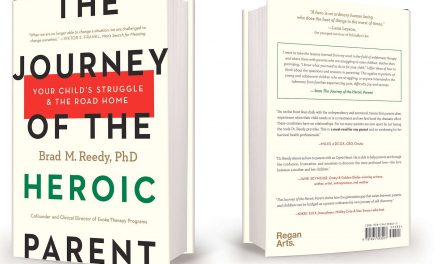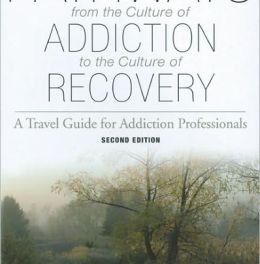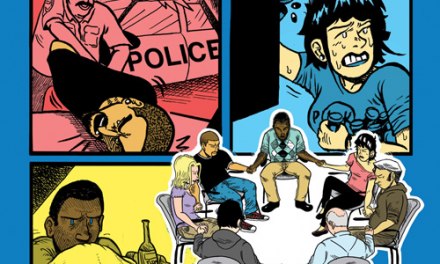Here’s a NY Times review that covers two recent books about addiction, both first person. One is told by a hard-charging young media executive, while the other is written from the viewpoint of the spouse of an equally high-powered attorney. Both men, it turns out, became addicted to prescription opioids.
What caught my eye: The review is by Jay McInerney, the novelist whose 1984 book Bright Lights, Big City offered an inside look at the cocaine culture of that era. You may have seen the film with Michael J. Fox. McInerney’s perspective helps us understand how so many of these “hard chargers” function at a high level despite truly spectacular drug intake.
A couple observations of my own: don’t forget that opioids are addictive, and a history of trauma is not a requirement for admission. The ACE (Adverse Childhood Experiences) research project has identified a number of correlations between childhood trauma and a host of later problems, of which substance use is one. Still, anybody who uses opioids for an extended period is likely to become dependent on them. A percentage of those will go on to experience the complex syndrome we know as addiction: usually in the form of compulsion, loss of control and continued use despite adverse consequences. In reality, in many instances, the trauma that people experience after they’re addicted is often more damaging than what happened before. And can become a bigger obstacle to stable recovery.
When it comes to phenomenal consumption, stories abound. There’s the late actor Burt Reynolds who at the height of his drug use ingested 50 prescription sleepers a day – five at a time. Or the physician who admitted to routinely practicing medicine on a regimen of several hundred milligrams of diazepam.
Human physiology is not intended to tolerate such amounts. And yet, theirs did. It had to. Otherwise the whole fragile illusion of normalcy would collapse.
The second book is an account by a codependent wife who simply could not believe that her husband, the prominent attorney, was strung out on opioids and coke. I know from working with other family members in similar situations, this is more likely the rule than the exception.
Ultimately, the explanation lies with our old friend denial, or if you prefer, a massive emotional confirmation bias. There are areas of our lives we don’t see clearly because we don’t want to. It’s just too threatening. I’d compare it to the neighbors who fail to recognize the homicidal lunatic next door until he shoots up the workplace. But in their place, would we have seen it coming? Possibly not.
A spouse is just a whole lot closer than a neighbor, and therefore even more threatened. Which can leave them vulnerable to gullible acceptance of otherwise transparent lies and deception.
As Paul Simon put it in The Boxer: “Still, a man hears what he wants to hear, and disregards the rest.”













